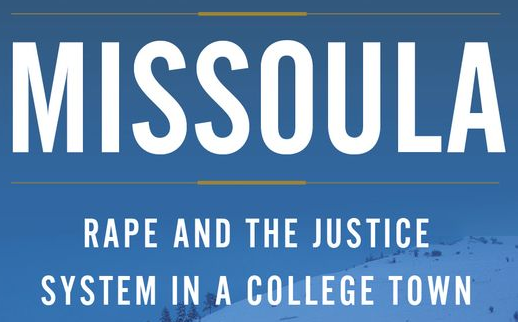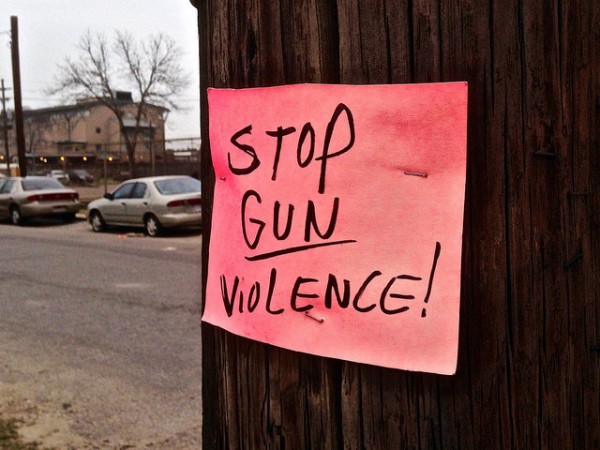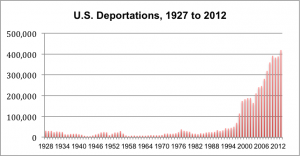
One of the most important cases the Supreme Court reviewed this year was United States v. Texas, which ruled on challenges to two Obama administration initiatives – Deferred Action for Parents of Americans and Lawful Permanent Residents and an expanded Deferred Action for Childhood Arrivals program – that would have affected up to five million people. In November 2014, President Obama announced Executive Actions that included additional temporary protections for immigrants who arrived as children (also referred to as “DREAMERS”) and a new program for parents of U.S. citizens or lawful permanent residents. The programs would allow them to remain in the country and apply for work permits if they have been here for at least five years and have not committed felonies or repeated misdemeanors. These actions have been on hold since early 2015, when a district court issued a preliminary injunction in response to a challenge brought by Republican authorities in Texas and ultimately joined by 25 other states. The actual focus of the case was quite mundane: Texas argued that it would suffer significant financial damages if required to subsidize the cost of driver’s licenses to those qualifying for the s new programs. However, the larger context was an unwillingness to allow the President to enact policy change following years of blocked and failed efforts at immigration reform at other governmental levels.
The Supreme Court was unable to reach a decision in June. The case resulted in a 4-4 tie, an unusual but not unexpected result given the current makeup of the court following the death of Justice Antonin Scalia and reflecting the politically divisive nature of the case. This means that the decisions of the lower courts remain in place and the two initiatives are blocked, for now. more...




 Research to Improve Policy: The Scholars Strategy Network seeks to improve public policy and strengthen democracy by organizing scholars working in America's colleges and universities. SSN's founding director is Theda Skocpol, Victor S. Thomas Professor of Government and Sociology at Harvard University.
Research to Improve Policy: The Scholars Strategy Network seeks to improve public policy and strengthen democracy by organizing scholars working in America's colleges and universities. SSN's founding director is Theda Skocpol, Victor S. Thomas Professor of Government and Sociology at Harvard University.